 Ever since I discovered my own format for The Cat Lady’s Secret was wrong, I’ve been studying the format and structure for Women’s Fiction, and I’m learning a few things. Over the next several posts, I’ll be exploring WF books, three of which I’d classify as literary, one is mine–which wouldn’t be considered “literary” by any stretch of the imagination, and one other, also not literary.
Ever since I discovered my own format for The Cat Lady’s Secret was wrong, I’ve been studying the format and structure for Women’s Fiction, and I’m learning a few things. Over the next several posts, I’ll be exploring WF books, three of which I’d classify as literary, one is mine–which wouldn’t be considered “literary” by any stretch of the imagination, and one other, also not literary.
First thing I learned is that Women’s Fiction can have as many subgenres as any other genre in fiction. Historical, romance–even Amish, which is how the novel I present today is classified.
Next, the authors are allowed a bit more time to set up their stories. I’ve seen set-up last a hundred pages or more. WF authors are also allowed a more in-depth backstory. This makes sense if you think of what WF is: the exploration of women’s issues–many of which stem from their relationships–and how they conquer the problems arising from these to come out victorious, whether or not their circumstances change. Often the problems a woman faces stem back to childhood; sometimes, the problem occurred more recently but with enough impact to cause a deep wound. Either way, the healing of that wound is the point of the story.
Readers of women’s fiction know to be geared for a slower read than they would be for a mystery or suspense. But that doesn’t mean they won’t drop the book in a heartbeat if the story isn’t keeping them engaged. Here’s where one of the novels I read recently comes in: it cheated in the format and failed to keep the reader (me, in this case) engaged.
This novel presented the problems fairly quickly: a young Amish woman’s time of rumspringa flew by without her participation. She’d been so afraid of her illness, she had shied away from the activities of the other youths her age. The author didn’t spend much time showing the reader her MC’s past, but did an effective job of showing how her past affected her present. In the story’s present day, the MC’s dream job and dream man have both been stolen from her by the same woman, which should hold far more conflict than it did in the first 100 pages, but that wasn’t her “issue.” Because of her lost rumspringa, and because of the loss of her job and potential husband, she felt trapped between being a child and being an adult. Without a job or a mate or the worldly experiences of whatever depth she’d wanted to explore during rumspringa, she had nothing to show that she’d “grown up.”
The author did an excellent job illustrating conflict and forecasting the turning point, which was a trip to Switzerland, but she used far too much of the set-up space teaching the reader–teaching her about Amish weddings, Amish lifestyle, the difference between Amish and Mennonite lifestyles, Amish roots in the European Anabaptist sect, Anabaptist persecution–even a few lessons in contract law.
That’s where she cheated–she used her set-up as an information dump and wove her story into it. This would be considered backward in any genre. Unless the information is vital to the reader’s understanding of what’s coming up, it should be carefully woven into the story in threads so thin the reader doesn’t realize she’s getting educated.
Most of the information this author presented wasn’t necessary to the story, and what was important should have been pared considerably. The result of her info-dump is that she had to keep repeating the MC’s problems and conflicts, stating the same things in different ways, while she tried to get all the extraneous information in the set-up. My thoughts while reading all this were, “Okay, okay, let’s get on with it!”
So, lesson #1 in Women’s Fiction pertains to fiction of all genres: use your set-up pages wisely–and unnecessary info-dumps don’t qualify as “wise.”
~~~
Related post: “Genre Talk: Women’s Fiction Format“

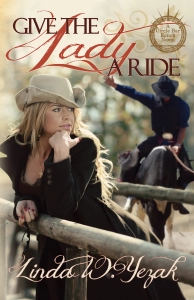
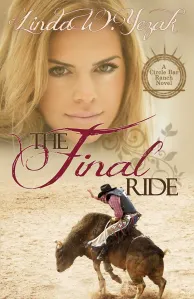



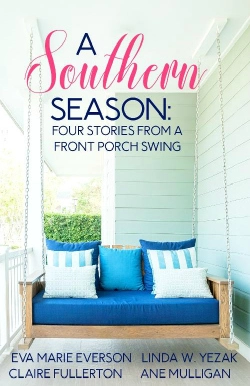
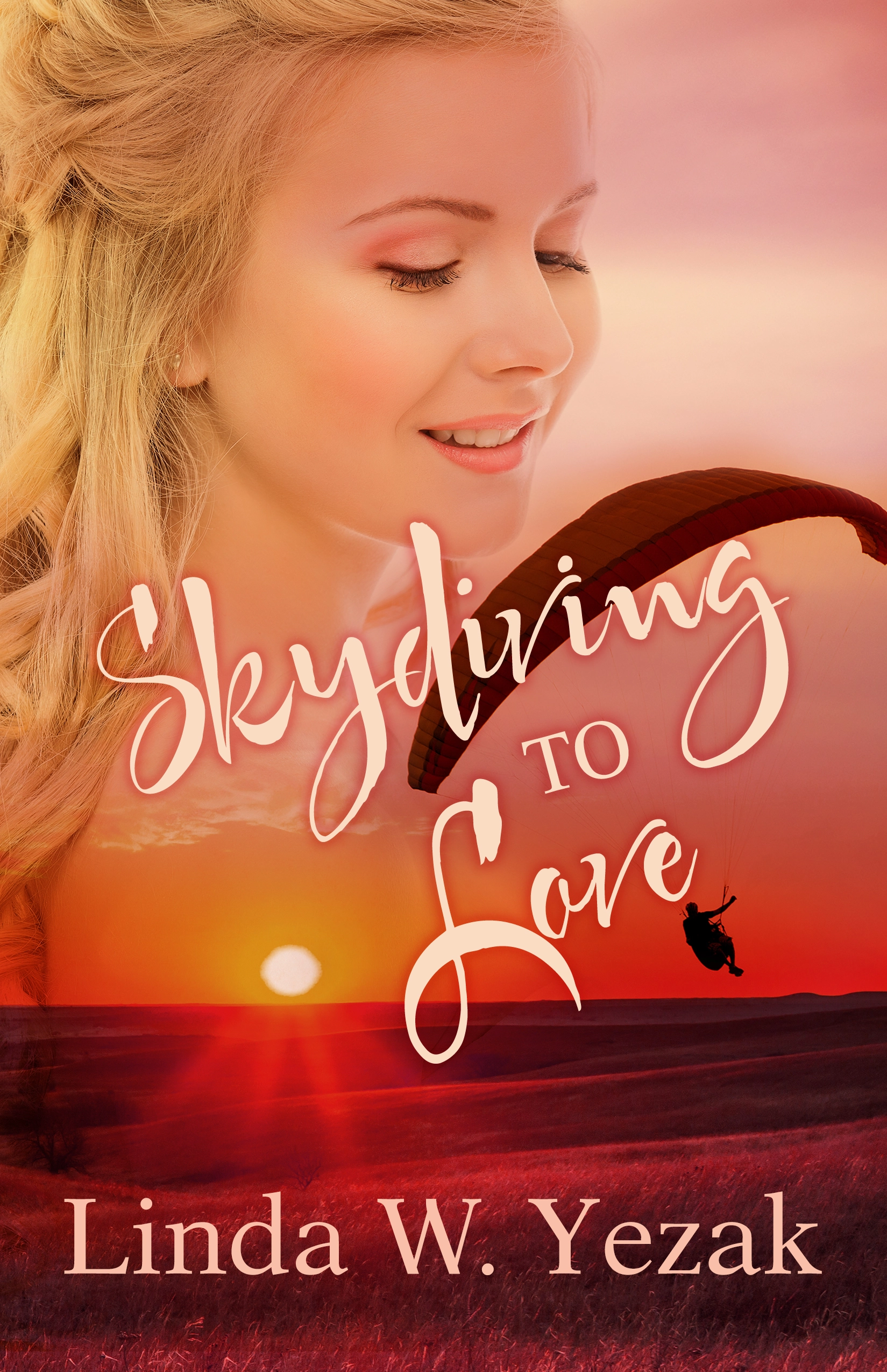
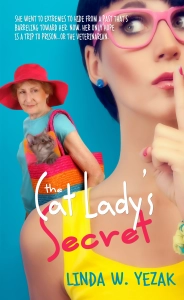






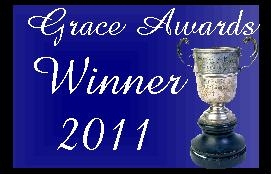


Looking forward to this series, Linda. I think I’ve only read a couple women’s fiction books. Not a HUGE fan, but I don’t hate it or anything 😉
LikeLike
I didn’t realize I was reading WF when I read it–I just thought they were good stories. But the more I think about the ones I read, the more I realize they fit the WF story arc. Still, if a book were pitched to me as WF, I wouldn’t really jump for joy. Isn’t that strange? The ones I read had other hooks that drew me in.
LikeLike
Info dumps are sorta like ignoring the big “show-don’t-tell” rule.
I’m gonna enjoy this series, Linda. I need to do much more analysis of structure and format than I do. Thanks for letting me cheat by reading what you do.
LikeLike
Info dumps don’t really fall in the “show don’t tell” example. They’re often a great illustration of author intrusion, though.
I hope you enjoy the series, Carol. It’s been fun studying this!
LikeLike
Now that I’m thinking about it, I don’t know that I’ve *ever* read women’s fiction. I can’t believe that’s so. I’m so indiscriminate in my genres that you’d think I’d have read at least something that qualifies. But (except for Cat Lady, of course) nothing is coming to mind. I’ll be interested to read your analyses.
LikeLike
When you read Cat Lady, it was suffering from an identity crisis. If it gets published and you read it again, you’ll see what I did to make it fit into the WF category. 🙂
LikeLike
Very interesting. While I don’t really read women’s fiction either, I am enjoying your analysis. Gives some very interesting pointers on story development, and heaven knows no one should pass up tips on how write a better story.
LikeLike
Glad you’re enjoying it, Ceci. I hope you find tips in the next few posts that are applicable in any genre.
LikeLike